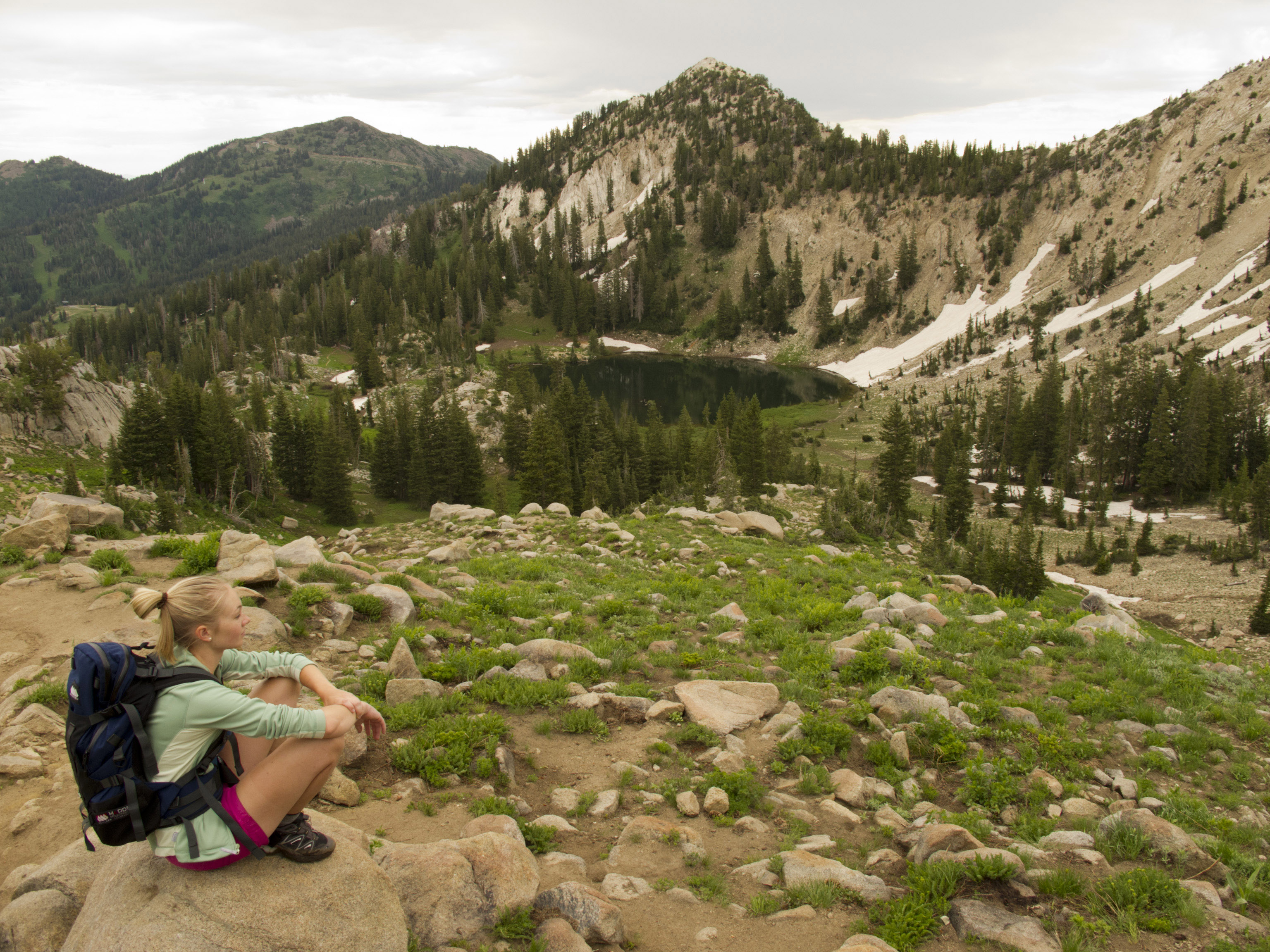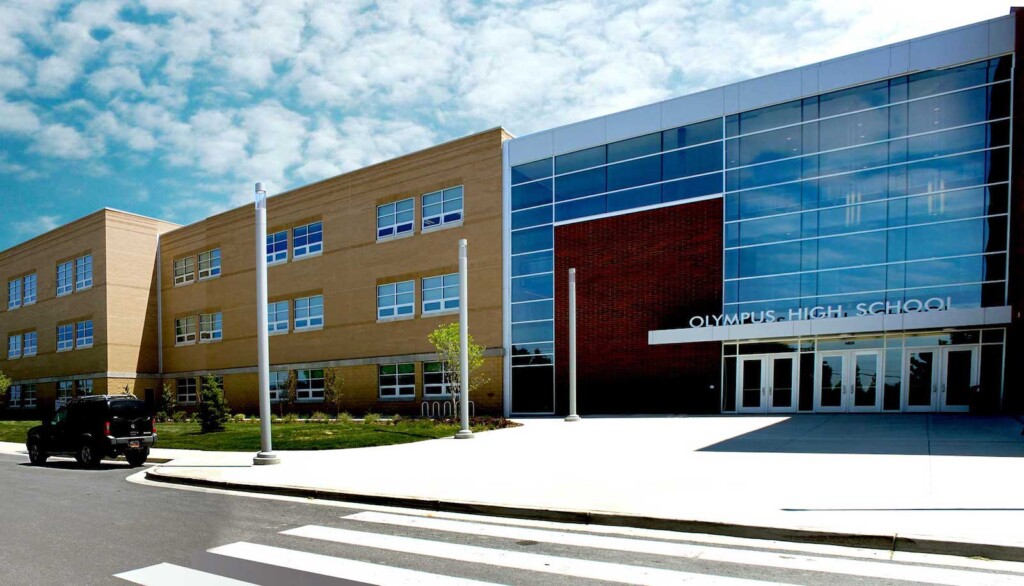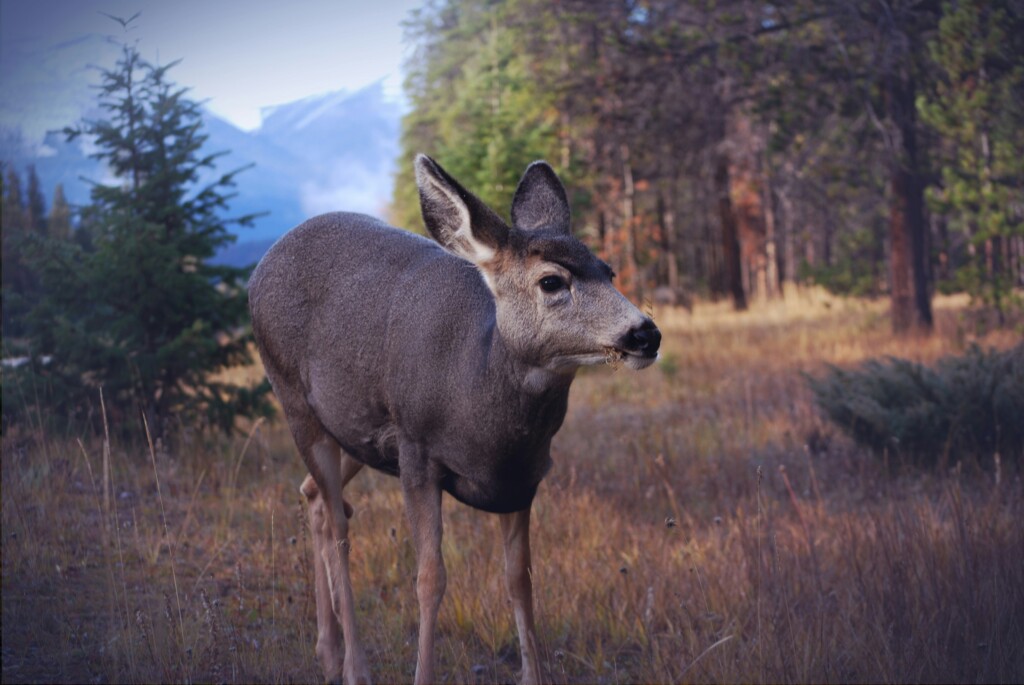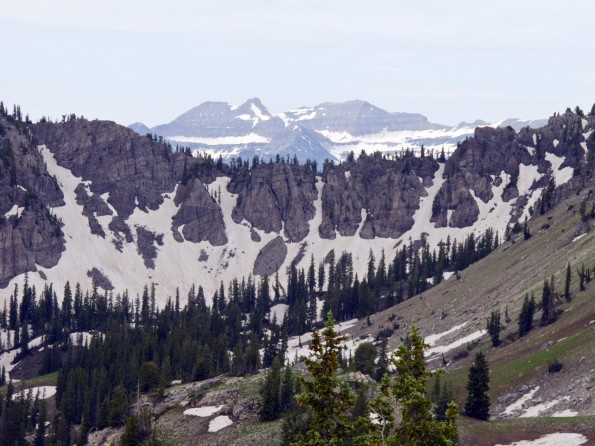
Get ready for more fighting over ONE Wasatch, the controversial proposal to connect Wasatch Mountain ski resorts with a plethora of new ski lifts. The battle has been escalating ever since Ski Utah—the marketing firm for all of Utah’s snow resorts—held a press conference last March to announce the ONE Wasatch concept.
ONE Wasatch calls for connecting seven ski resorts (Alta, Brighton, Canyons, Deer Valley, Park City Mountain Resort, Snowbird, and Solitude) to create 18,000 acres of ski runs accessible by a single lift system—the largest contiguous ski area in North America. In support of this concept, Ski Utah uses the world-famous interconnected ski regions of Les Trois Vallees in France and Arlberg in Austria as models.
Does it makes sense for these northern Utah resorts to emulate the connected resorts of Europe? While Les Trois Vallees (the largest ski area in the world) and Arlberg (the “cradle of skiing”) have been around since 1925 and 1901, the physical setting for those resorts bears little similarity to the Wasatch Range.
“The Wasatch Range is much smaller than the Alps. It’s hard to compare the two,” says John Bartley, Chair of the Department of Geology and Geophysics at University of Utah.
Among the differences: The European Alps are 750 miles long and 125 miles wide. The mountain range in the ONE Wasatch plan is 120 miles long and averages five miles wide. Its widest point is a mere 18 miles. The highest elevation of the Wasatch range is 11,928. The Alps are nearly a mile higher, with numerous glaciers that never melt. The Wasatch range has no glaciers.
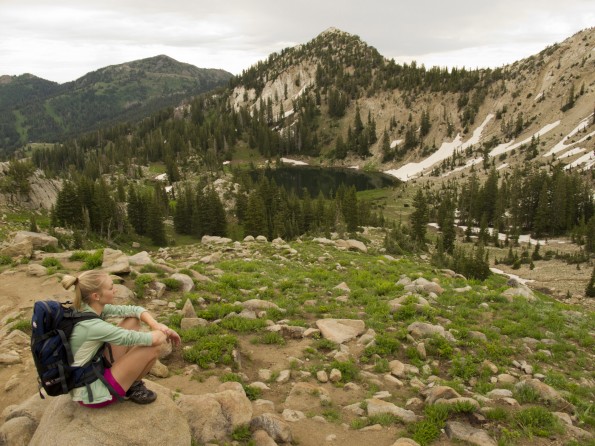
“In terms of climate,” Bartley adds, “the Wasatch is quite dry compared to most of the European Alps. This might have an impact in the long term for the amount of water available to make snow.”
Ski Utah says ONE Wasatch has the potential to boost tourism in Utah, benefitting visitors and Utahns alike. However, Ski Utah’s president, Nathan Rafferty, acknowledges that using the interconnected lift system to get from Snowbird in Little Cottonwood Canyon to Park City Mountain Resort would take almost two hours one way, and would require taking six different lifts.
Opponents of the plan don’t believe Ski Utah has conducted enough research on how the European Alps interconnected resort model would translate to the Wasatch.
“There is no data showing that the connection of ski resorts is going to equal more skiers,” says Pierre Askmo, a prominent member of Wasatch Backcountry Alliance. In fact, both Les Trois Vallees and Arlberg were planned as interconnected ski regions from the very beginning. This means that visitor numbers and environmental impact pre- and post-connection are unavailable for these areas.
“Alta and Snowbird are already connected, and skiers don’t really use the (lift) connection now,” points out Tom Diegel, a board member of the Wasatch Backcountry Alliance. Skiers seem to prefer the available easy traverse that allows them to glide from Alta to Snowbird, with frequent free (and warm) minibuses available to shuttle them back to Alta.
An issue which has not yet been addressed by Ski Utah is the possible environmental destruction that could be caused by ONE Wasatch if the proposal was approved. Each lift may require clearing a swath of backcountry forest to create a road along the path of the planned lift. Roads might initially serve to transport installation supplies such as lift towers and the cement needed for each tower’s foundation platform, but roads may also be required for lift maintenance, repairs and potential lift evacuations.
Rafferty says, “The lift towers can be done by helicopter. There are ways to do it without cutting a road. The resorts would be the ones to deal with this, it’s out of our purview.” He adds, “Each connection between resorts would undergo significant scrutiny in each location.”
The future of ONE Wasatch is not yet decided. But it has yet to be revealed whether the reality of transplanting an idea from the massive mountains of Europe to a tiny range in Northern Utah even has a future.

